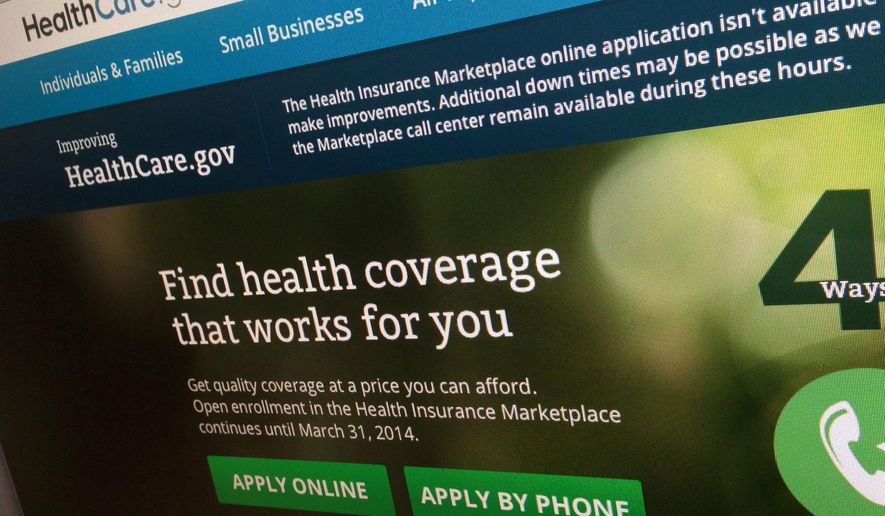U.S. health care spending is poised to grow ever faster in coming years, stretching government budgets due to an upswing in the economy, an aging population and expanded coverage under Obamacare, government actuaries said Wednesday.
Economists at the Centers for Medicare and Medicaid Services (CMS) said health spending should increase an average of 5.7 percent per year from 2013 to 2023, outpacing expected growth in the gross domestic product by slightly more than 1 percentage point.
By 2023, health care spending will account for nearly a fifth of annual GDP, at 19.3 percent, up from 17.2 percent in 2012.
“Analysis of historical trends tells us that health care spending tracks with economic growth, so as the economy is anticipated to improve over the next decade, health spending growth is projected to grow faster,” said Andrea Sisko, the lead author for the study published in Health Affairs. “This, in addition to the baby boomers aging and increased insurance coverage mandated by [the Affordable Care Act], is expected to result in the health share of GDP rising to nearly one-fifth of the nation’s economy by 2023.”
The study suggests the recent, dramatic slowdown in health care costs over the last five years is coming to an end. But it won’t return to the historic spike from 1990 to 2008, which saw costs grow at an annual rate of 7.2 percent a year.
Scholars debate whether the recent slowdown had been due to the economy, Obamacare’s reforms or both.
SEE ALSO: Obamacare advocates target Hispanics in health care enrollment push
The study’s authors said they could not parse out the effects of Obamacare, because it is difficult to speculate on what would have happened in its absence.
They did, however, project that the law will cut the number of uninsured from 45 million in 2012 to 23 million in 2023.
Obamacare expands coverage in two notable ways — it offers subsidized health plans on insurance exchanges in each of the states, and allows states to expand their Medicaid programs to those making up to 138 percent of the federal poverty level.
Twenty-seven states and the District have opted to expand their programs, and several more are debating it.
The projections released Wednesday relied on current law and policy changes to date, without assuming the effects on innovations that will be implemented as part of President Obama’s overhaul.
“We’re obviously looking at them, but we don’t have anything explicit in our cost projections for innovations X or Y,” said Sean Keehan, an economist at CMS’ Office of the Actuary.
However, the actuaries assumed that Congress will — as it does every year — pass a “doc fix” to override the payment formula and keep rates constant instead of letting a 21-percent cut take effect. The Medicare program’s trustees did the same thing earlier this year in releasing its annual update on the program’s solvency.
• Tom Howell Jr. can be reached at thowell@washingtontimes.com.




Please read our comment policy before commenting.